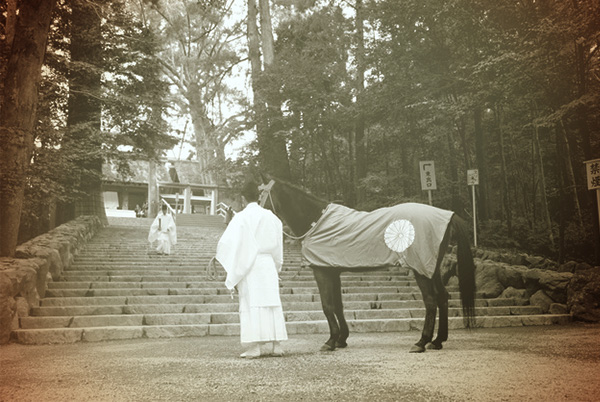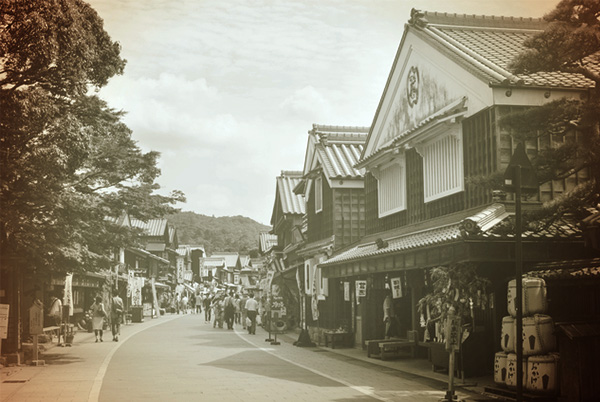-
Basic Information on
Ise Grand Shrine -
Basic Information for
Worshiping at Ise Grand Shrine -
Worshipping at
the Outer Shrine -
Worshipping at
the Inner Shrine
Basic Information on Ise Shrine
Ise Grand Shrine is fondly referred to in Japanese as “O-Isesan” but is officially named “Jingu.” Jingu is centered on the Inner Shrine and the Outer Shrine. The Inner Shrine, dedicated on the banks of the Isuzu River, is commonly called Koutai Jingu. The Outer Shrine is popularly referred to as Toyo’uke Daijingu. Together they are known as Ryougu (both shrines). Together the Outer Shrine, Inner Shrine, auxiliary shrines, subordinate shrines and jurisdictional shrines total 125 shrines and are the special point of veneration for all the shrines throughout the country.
Once in a Lifetime – Pilgrimage
to Ise Grand Shrine
It is said that the goddess was first enshrined at Naiku around 2000 years ago. Pilgrimages to Ise became very popular in the Edo period. “Once in a lifetime” became a desire for common people. Also, 1300 years ago Sikinensengu began to be held. In Sikinensengu, once every 20 years the shrine where the gods are dedicated is rebuilt and the god is transferred to the new shrine. The history of this ceremony has continued to a length of 1300 years. In 2013, for the 62nd Sengu, over 14 million people made pilgrimages to Ise. It is said that the year after a Sengu is called an “okagedoshi,” which means that it is thanks to the gods that we have been blessed with the year.
Basic Information for
Worshiping at Ise Grand Shrine
-
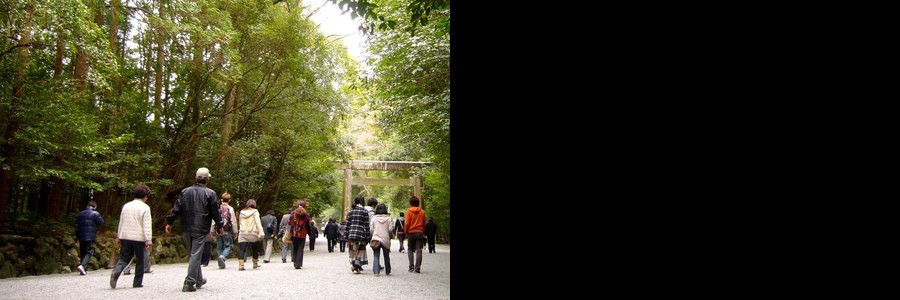
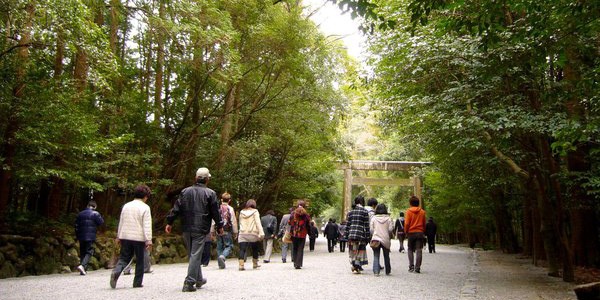
What should I wear? There are no strict rules. Use your own judgement about what to wear when visiting a shrine.
-
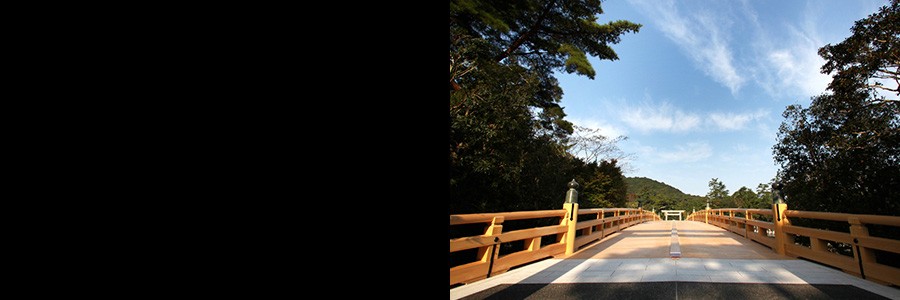
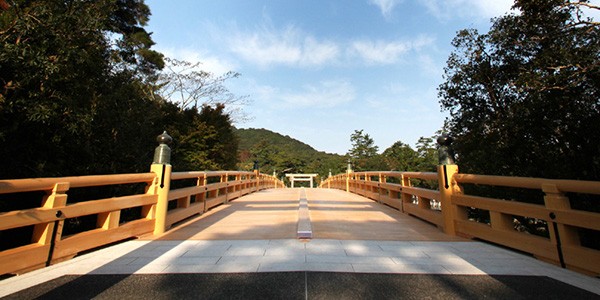
What is the etiquette while on the shrine grounds? Once you cross the bridge, bow and go through the torii gate. Inside the Inner Shrine one walks on the right. Inside the Outer Shrine one walks on the left. It is said that this is related to the position of the water ablution pavilion in each shrine.
-
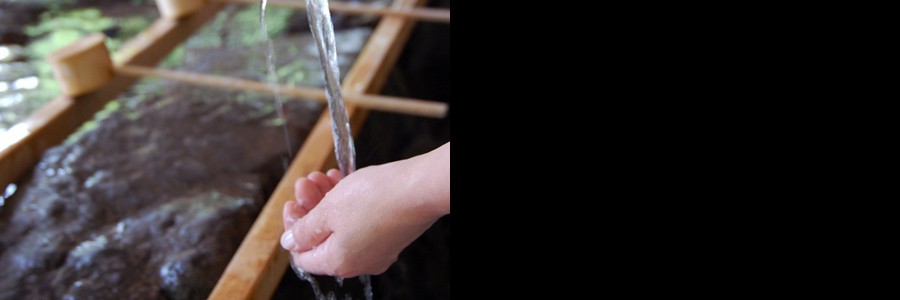
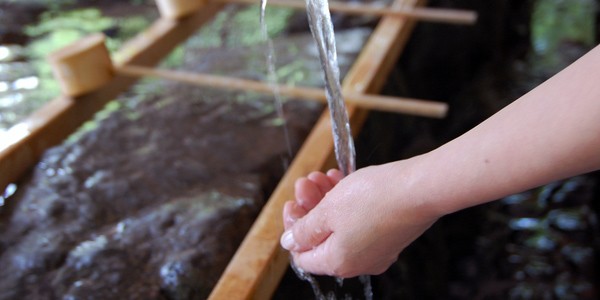
How do I wash my hands? - First, hold the dipper in your right hand, scoop up plenty of water and purify your left hand.
- Next, switch the dipper from your right to your left hand and purify your right hand.
- Hold the dipper in your right hand again, pour some water into your left hand and use that to purify your mouth.
- Purify your left hand once again.
- Finally, hold the dipper in a vertical position, use the remaining water to purify the handle and put it back in its original position facing down.
The water ablution pavilions are facilities for worshipers to use water to purify their bodies. Be sure to thoroughly purify your hands and mouth at these pavilions before worshipping.
-
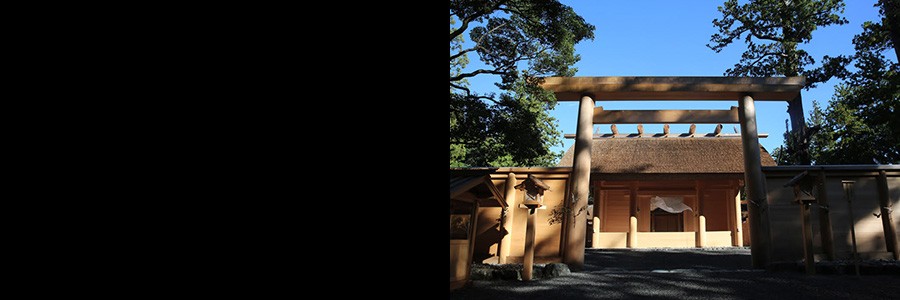
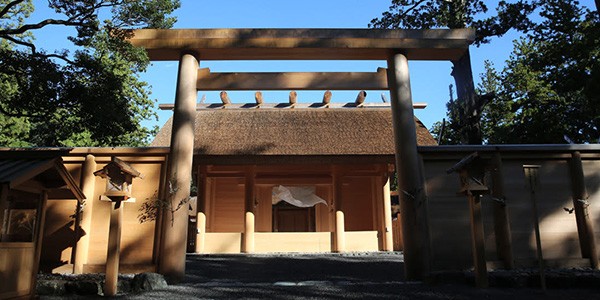
How to Worship at Ise Grand Shrine At Ise Grand Shrine people worship in the Shinto method by bowing twice, clapping one’s hands twice and bowing once again.
Ise Grand Shrine was originally a place for worshipers to pray for the tranquility of the nation. Please express your gratitude for peace.
Let’s Go on a Pilgrimage to Ise Grand Shrine from Shiojitei!
From Shiojitei to the Inner Shrine and Outer Shrine, the center of Ise Jingu, it takes about 20 to 30 minutes by car.
For travel on a pilgrimage to Ise, our hotel is very convenient to use as a base.
For guests who come by train and plane, the CAN tour bus leaves from nearby Toba Station and
using it makes it possible to easily go to worship at Ise Grand Shrine.
Worshipping at
the Outer Shrine
First, you begin by worshipping at the Outer Shrine,
dedicated to Toyo’ukeno Omikami.
The Outer Shrine, Geku, is dedicated to a god of food, clothing and shelter, Toyo’ukeno Omikami.
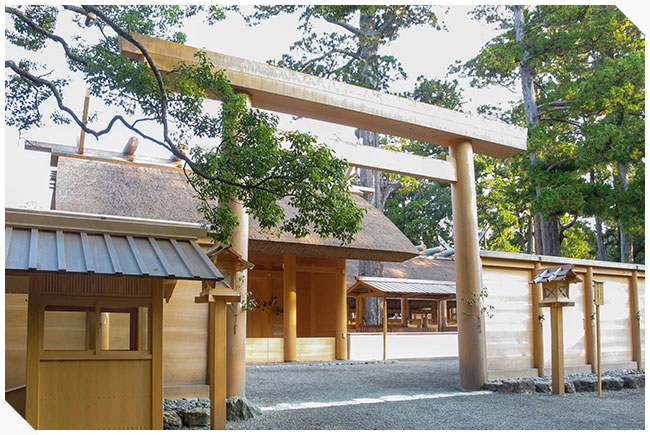
It is said that it is good to make private requests at the First Associated Shrine, Takanomiya,
where the vigorous spirit of Toyo’ukeno Omikami is enshrined.
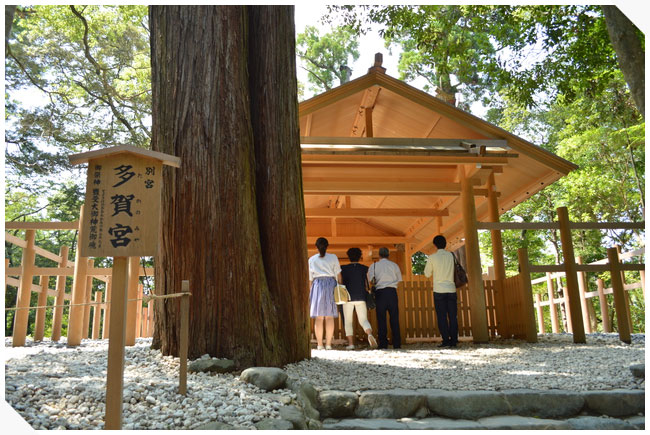
To the left of the entrance is Magatama Pond, shaped like a magatama (a sacred object) and around the pond is a promenade.
From June, around the time the sword lilies can be seen, until the traditional middle of fall,
moon viewing parties are held on the dedication platform. It is very refreshing to walk around the pond.
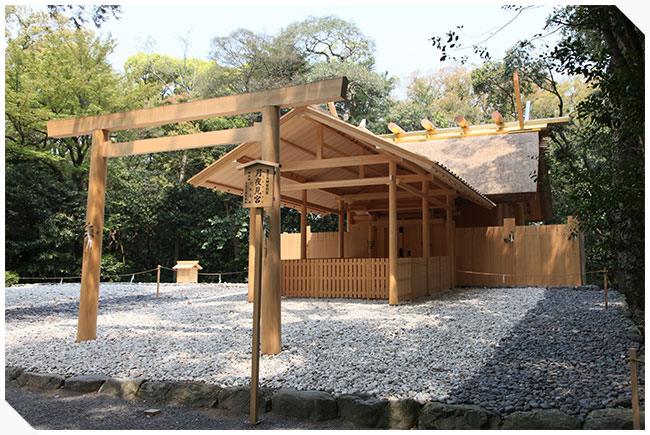
Leaving from the north gate of the Outer Shrine and going straight takes you to Tsukiyomigu, an associated shrine.
This area is called Miyajiri (behind the shrine) Town and the road is called Kamiji Road.
The god of Tsukiyomigu changes stones into white horses and rides them to Geku.
Local people say that since this road is used by the god we should not walk in the center of it.
Worshipping at
the Inner Shrine
Kososhin – Amaterasu Omikami – Worshipping at the Inner Shrine
At Naiku is enshrined Amaterasu Omikami, a god related to Kososhin, ancestor of the Imperial Family.
As you cross the Uji Bridge, you step from the temporal to the sacred world.
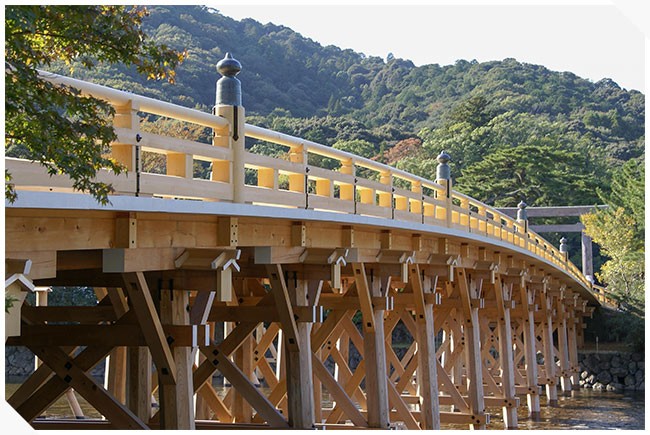
First, wash your hands at the Isuzu River purification pavilion, breathe deeply and ease your mind before proceeding to worship.
Returning from the Isuzu River, the recommended course is to follow a path to the right that leads
to the associated shrine (Kasahinominomiya) and after praying there proceed to the Main Sanctuary.
The beauty of the green trees and flowing water will cleanse your mind.
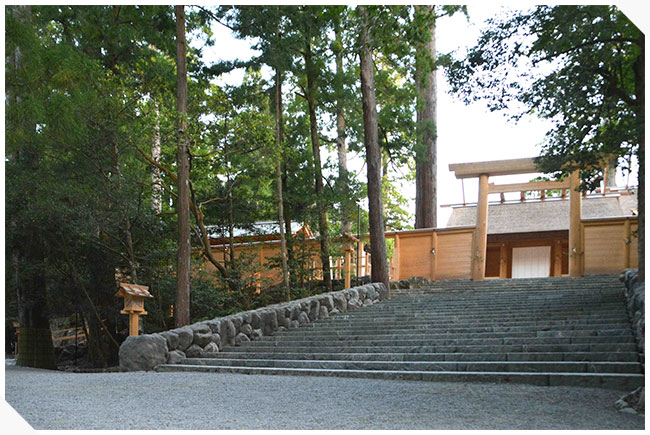
At the top of the stairs on the right, you have finally come to the main sanctuary
where Amaterasu Omikami, the greatest of Japan’s gods, is enshrined.
In front of the shrine with calm heart worship by bowing twice, clapping your hands twice and bowing once again.
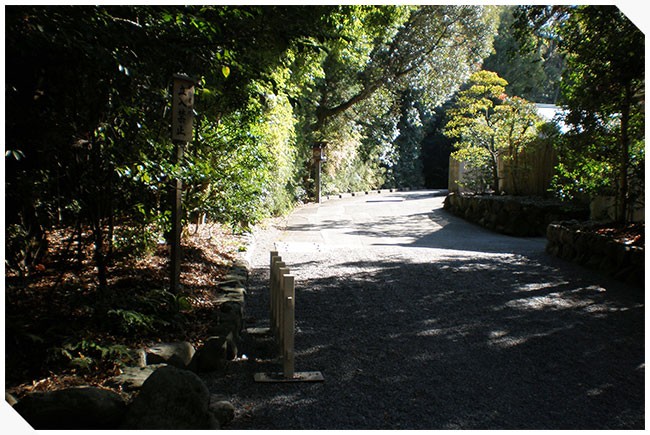
Furthermore, it is said by locals that at the first associated shrine, Aramatsurinomiya,
dedicated to the vigorous spirit of Amaterasu Omikami, people make private requests.
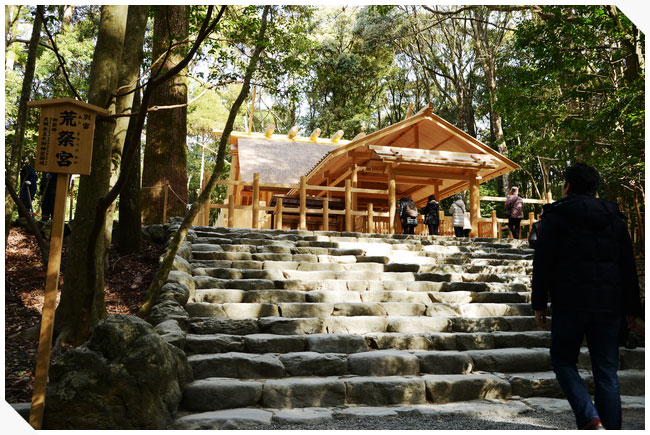









![Pilgrimage to Ise jingu [OISEMAIRI]](/data/images/en/shiojitei-story/kv-pageTitle.png?123)
![Pilgrimage to Ise jingu [OISEMAIRI]](/data/images/en/shiojitei-story/kv-pageTitle-sp.png?123)
